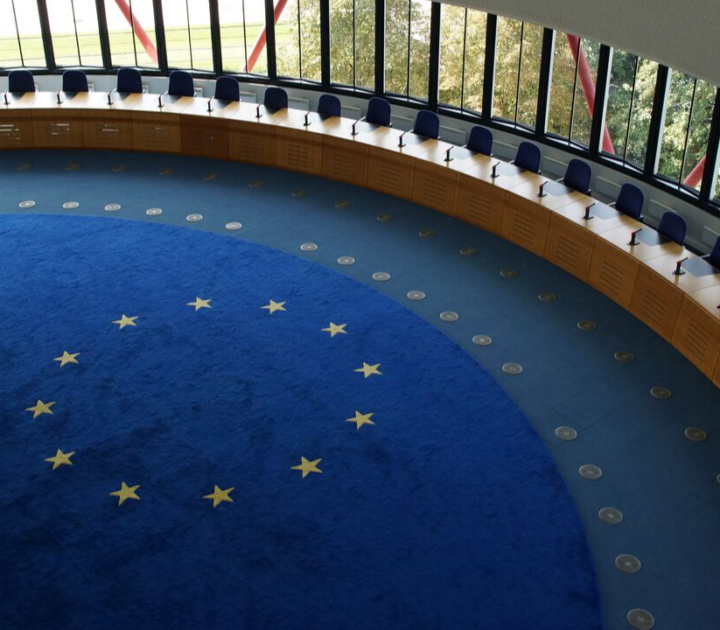
Why less bad doesn’t equal good
Why does a company exist?
If you’d asked executives this in the 1970s, the most common answer would have been ‘to make money’. Consumers, employees and the natural environment didn’t really figure in their business strategies. Profitability was king.
Fast-forward a few decades, and that narrow concept is being challenged. General Electric CEO Jack Welch said in 2009: “On the face of it, shareholder value is the dumbest idea in the world. Shareholder value is a result, not a strategy. Your main constituencies are your employees, your customers and your products. Managers and investors should not share price increases as their overarching goal. Short-term profits should be allied with an increase in the long-term value of a company.”
The thinking has evolved, but in practice organizations are taking a while to catch up. Many are still guided by the bottom line, which is not a smart way of dealing with the challenges of the 21st century. Now businesses must deal with resource scarcity, food security, climate change, and the urgent need for an energy transition to survive the long term.
These challenges therefore have an impact on the way we do business. Companies need to think ‘forward and outward’. ‘Thinking forward’ means planning business models and strategies according to global trends. ‘Thinking outward’ is about managing internal and external actors and issues that affect business, consumers, and society in general.
Over the past 25 years, as society’s sustainability challenges have increased in urgency, many organizations have adopted a triple bottom-line approach, measuring their performance along economic, social, and environmental criteria. This approach focuses on minimizing harm while generating maximum profits. But today, reducing your footprint is not enough. Less harmful does not equal good.
What does ‘good’ mean?
This question raises further dilemmas. What does ‘good’ look like? And ‘good’ for whom? The answer lies in stakeholder value creation. Organizations must focus on creating value not only for shareholders but for stakeholders too. And that includes the biggest, most silent stakeholder of all: the natural environment.
Some organizations are starting to shift their focus from ‘less bad’ to ‘good’. We’ve found that their journey generally follows four stages. Take for example a household goods manufacturer:
Stage 1: survival
The focus of the company is to foster innovation to create quality consumer goods at affordable prices with fair return for investors. The critical stakeholders here are customers and investors.
Stage 2: environmentalism
The priority is now to create environmentally friendly products while meeting the needs of the customer. Here the company focuses beyond its boundaries and tries to influence the behavior of its supply chain.
Stage 3: social responsibility
Now the company tries to promote healthy homes and happy communities through a restorative economic system. The organization begins to move towards the stakeholder system perspective, viewing itself as part of a broader ecosystem.
Stage 4: sustainability
The focus has shifted to improving the lives of all its stakeholders, the health of their environments and quality of communities through transformative household solutions. In this stage, rather than surviving or maintaining the status quo, the organization strives to improve society and the natural environment.
Some companies are a long way along this journey. The household goods company Seventh Generation, for example, co-founded by Jeffrey Hollender in 1988, started in stage 2. Its founding mission was “to provide high-quality, environmentally responsible products that work as well or better than traditional brands”. During the 2000s, however, the company made a profound change to its mission, moving from selling all-natural cleaning products to creating healthy homes – a shift from stage 2 to stage 3. The organization launched an internal thinking process to answer the questions ‘What is a healthy home?’, ‘How can we contribute to build one?’, and ‘Who should be our partner in this endeavour?’
Then there’s the carpet company Interface. By 2016 it was the one of the largest carpet manufacturers in the world, with net sales of almost US$1 billion. Now the company is striving towards what its late founder Ray Anderson called ‘mission zero’. This involves a commitment to eliminate all waste generated by their products and maximizing the company’s positive impact on consumers, society, the government, and future generations. Anderson did not decide to simply reduce waste by a certain percentage; he instead decided to solve 100 per cent of the problem and design products that would create value for shareholders and all stakeholders – including the environment.
Sustainable innovation is at the heart of value creation. We’ll talk more about this in a future article.
Francisco Szekely is Adjunct Professor of Leadership and Sustainability at IMD.
Research Information & Knowledge Hub for additional information on IMD publications

in I by IMD 10 April 2024

IMD World Competitiveness Center Report, 8 April 2024
in I by IMD 3 April 2024

Research Information & Knowledge Hub for additional information on IMD publications
Research Information & Knowledge Hub for additional information on IMD publications
Research Information & Knowledge Hub for additional information on IMD publications
Research Information & Knowledge Hub for additional information on IMD publications
Research Information & Knowledge Hub for additional information on IMD publications
Research Information & Knowledge Hub for additional information on IMD publications
in I by IMD 10 April 2024
Research Information & Knowledge Hub for additional information on IMD publications
IMD World Competitiveness Center Report, 8 April 2024
Research Information & Knowledge Hub for additional information on IMD publications
in I by IMD 3 April 2024
Research Information & Knowledge Hub for additional information on IMD publications
Research Information & Knowledge Hub for additional information on IMD publications